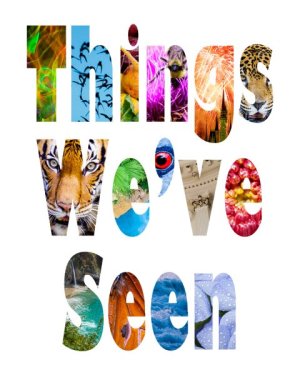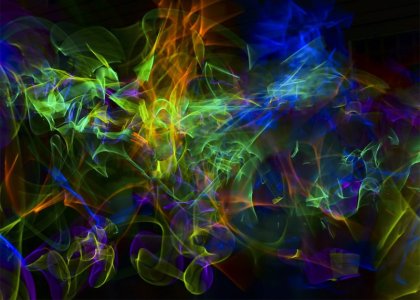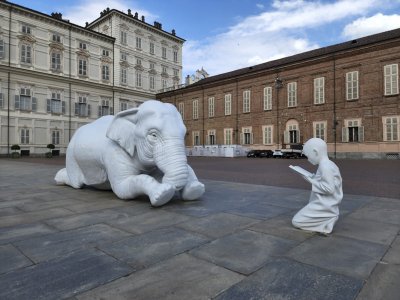MarkBarbieri
Semi-retired
- Joined
- Aug 20, 2006
I decided to make a photo book. The smart thing to do would have been to use an online book printer, stick the pictures in their templates, and have them do the hard work. But that's not what I'm doing. Instead, I'm laying everything out in Photoshop, printing everything on double-sided paper, putting everything into signatures, and binding the book myself. I did a 4"x4" book over the holidays and it came out better than terrible, so I thought I'd go bigger and make a 8"x10" book with pictures that span between the two pages.
The book will be called Things We've Seen. It's a collection of interesting (to me) pictures my wife and I have taken over the years of places we've been and things we've seen. I deliberately excluded pictures of us because I wanted it to have more a generic look. I'm working on several more personal book ideas as well. Although this one does include a picture of our backyard and another of a car I used to own. But mostly, it is landscapes, animals, and stuff like that.
Of the 98 pictures, three are 3 Disney pictures. The current set of pictures is here. Each picture is a page image, so includes a side panel with a description, date, and camera settings. Many of the pictures look oddly off center, but I think they'll look better that way when printed. Because these pictures will span across the centerfold of the book, I didn't want important details to get lost in the fold.

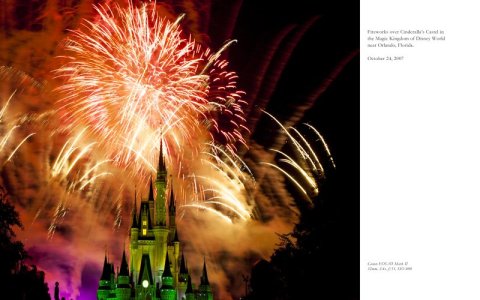
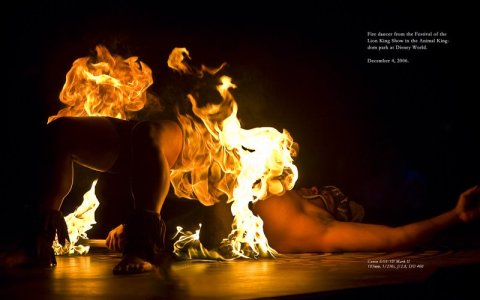
The book will be called Things We've Seen. It's a collection of interesting (to me) pictures my wife and I have taken over the years of places we've been and things we've seen. I deliberately excluded pictures of us because I wanted it to have more a generic look. I'm working on several more personal book ideas as well. Although this one does include a picture of our backyard and another of a car I used to own. But mostly, it is landscapes, animals, and stuff like that.
Of the 98 pictures, three are 3 Disney pictures. The current set of pictures is here. Each picture is a page image, so includes a side panel with a description, date, and camera settings. Many of the pictures look oddly off center, but I think they'll look better that way when printed. Because these pictures will span across the centerfold of the book, I didn't want important details to get lost in the fold.



